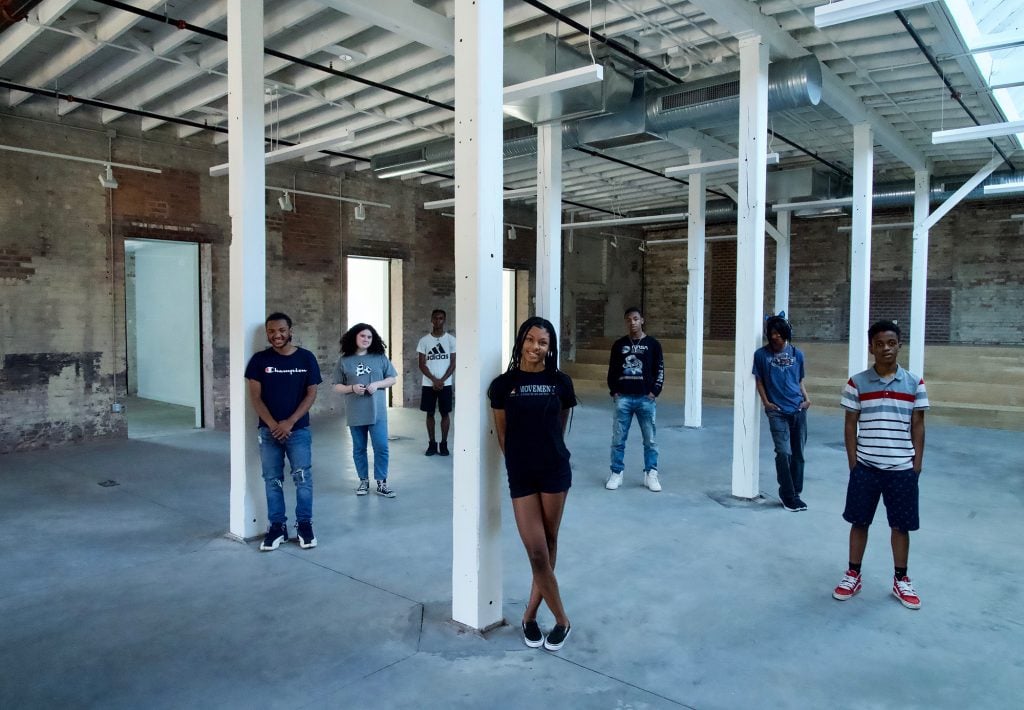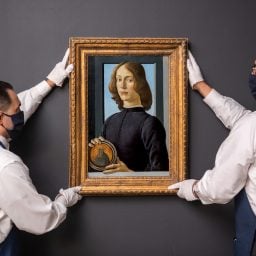More than a decade ago, artist Titus Kaphar hatched an idea: to create a modest studio space for a small group of artists in New Haven that would offer a nurturing place to experiment outside of the pressure-cooker environment of art school. Today, that seedling vision has blossomed into NXTHVN, a multimillion-dollar non-profit arts hub in Dixwell, a predominantly Black section of the city, complete with an artist incubator, gallery, and apprenticeship program. Soon, it will open a new co-working space, cafe, and theater.
Black artists have always taken it upon themselves to create spaces of support and validation for their peers. But more recently, this activism has taken on a new form: the creation of high-profile artist residencies.
Now, artists who have benefitted either directly or indirectly from the Studio Museum’s famous residency program—as well as from an art market that is no longer undervaluing their work as much as it has in the past—are building spaces of their own to strengthen the infrastructure available to artists of color.
“A lot of artists, particularly artists of color, understand the privilege that they’ve been afforded to be able to work full-time, and now want to pay it forward,” says independent curator Larry Ossei-Mensah.
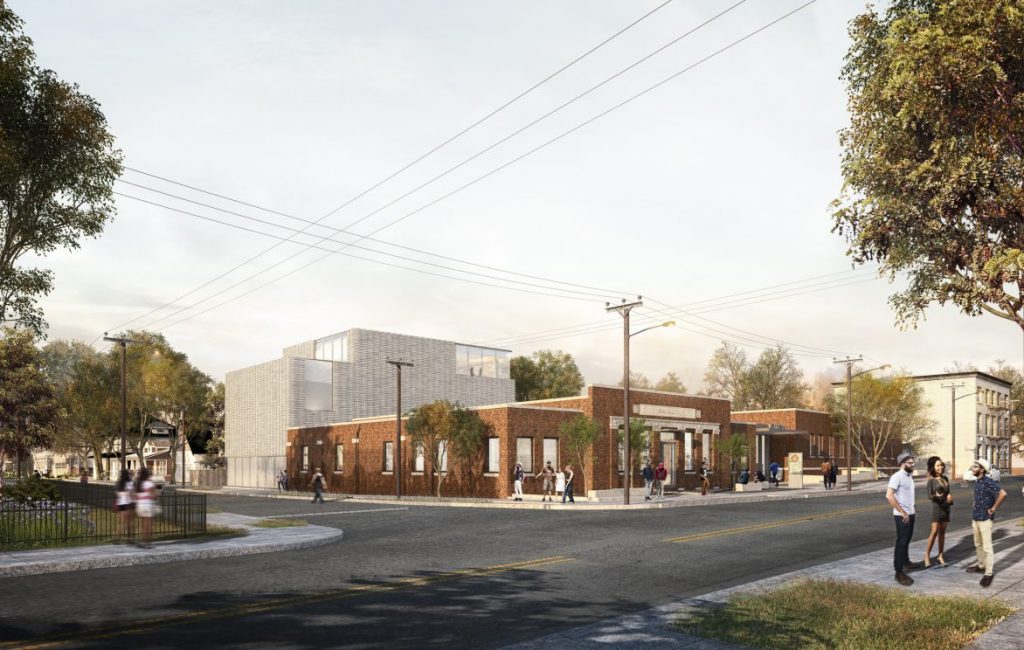
Rendering of NXTHVN by Deborah Berke Partners. Courtesy of NXTHVN.
Such projects range from the Black Artists Retreat, an annual convening of Black creatives in Chicago founded in 2013 by Theaster Gates and Eliza Myrie, to Kehinde Wiley’s Black Rock Senegal, a luxurious oasis for artists in Dakar founded by the painter of President Obama’s official portrait.
Examples are sprouting up left and right. Derrick Adams is planning a Baltimore-based retreat because he understands the need for “a neutral safe space for Black-identified creatives,” he tells Artnet News.
Earlier this year, artist McArther Binion, whose grid-like abstract paintings didn’t attract mainstream attention until he was well into his 60s, cofounded Modern Ancient Brown, a residency program operating out of Michigan, his home state. Although he had been developing the idea for the nonprofit for “30-plus years,” he notes, recently he’s been able to use his own resources—which he presumably accrued in large part over the past five or so, as his market began taking off—to give back.
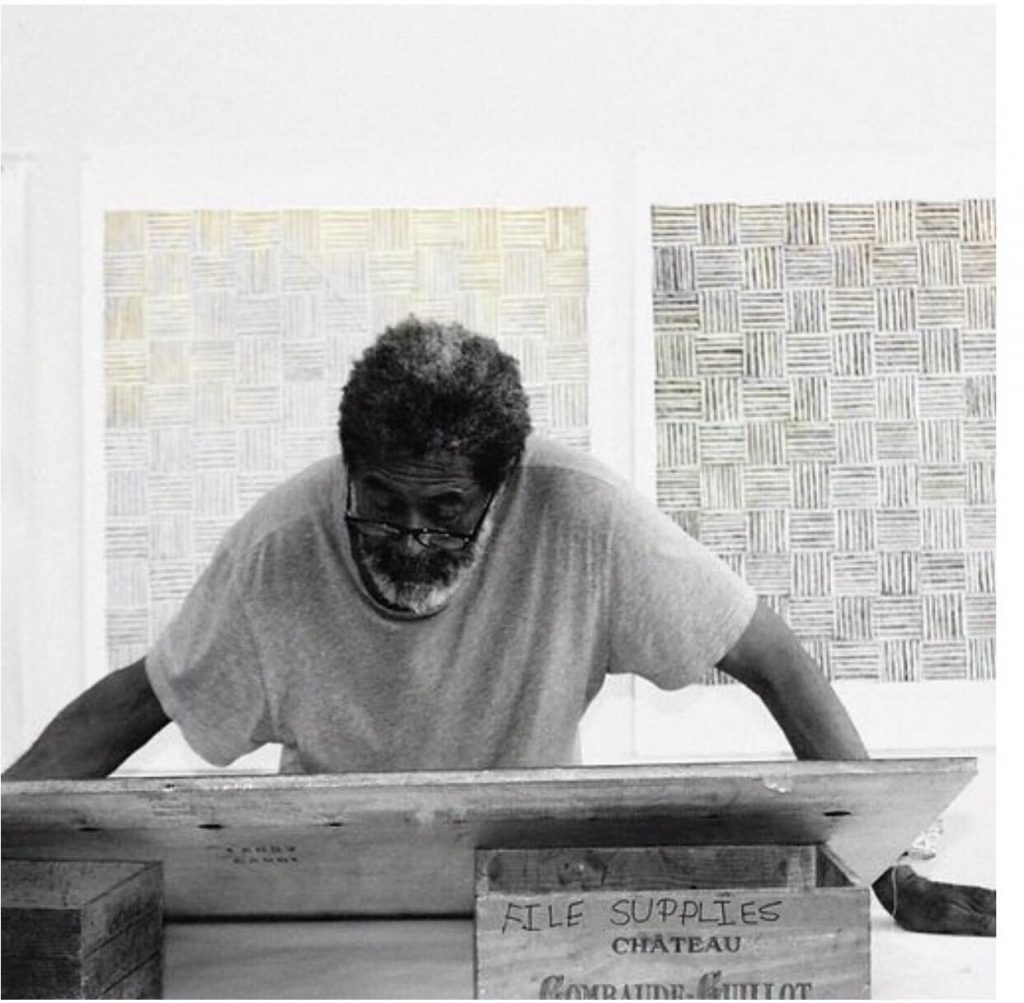
McArthur Binion in his Detroit studio, where the Modern Ancient Brown residency will be held.
Artists including Robert Rauschenberg and Jasper Johns began forming artist foundations in the 1960s, the first time young artists had substantial money in their pockets. Since then, a wide variety of creators, from Bosco Sodi to Mark Bradford, established foundations in the middle of their careers to fund projects and causes they care about. But this new crop of artist-philanthropists has zeroed in on residencies as a means to create the spaces they themselves longed for when they were coming up.
The Next Generation
Kathy Battista, a program director at the Sotheby’s Institute of Art, recalls giving a lecture on art and philanthropy recently when her students asked, “Why do you think it’s all artists of color who do this, and so early on in their success?”
Kaphar has a theory. “It’s sort of like survivor’s guilt,” he explains. “When you’ve come from the places that we’ve come and we’ve reached the heights that we’ve reached, it feels irresponsible to believe that your success is just for you.”
Kaphar understands that artists of color often find themselves trying to parse if they are the reason something isn’t working out—or if, instead, it is simply a symptom of trying to thrive in an industry that is profoundly unforgiving of people of color. This feeling is hard to shake regardless of an artist’s stature—even, in the case of Kaphar, after being named a verifiable “genius” by the MacArthur Foundation.
“In the context of the art world, there are so few of us, and it feels like every moment you take to assert yourself could be a moment where you are ending your opportunity,” he says. “So [NXTHVN] spends a lot of time trying to empower the artists to be able to advocate for themselves.”
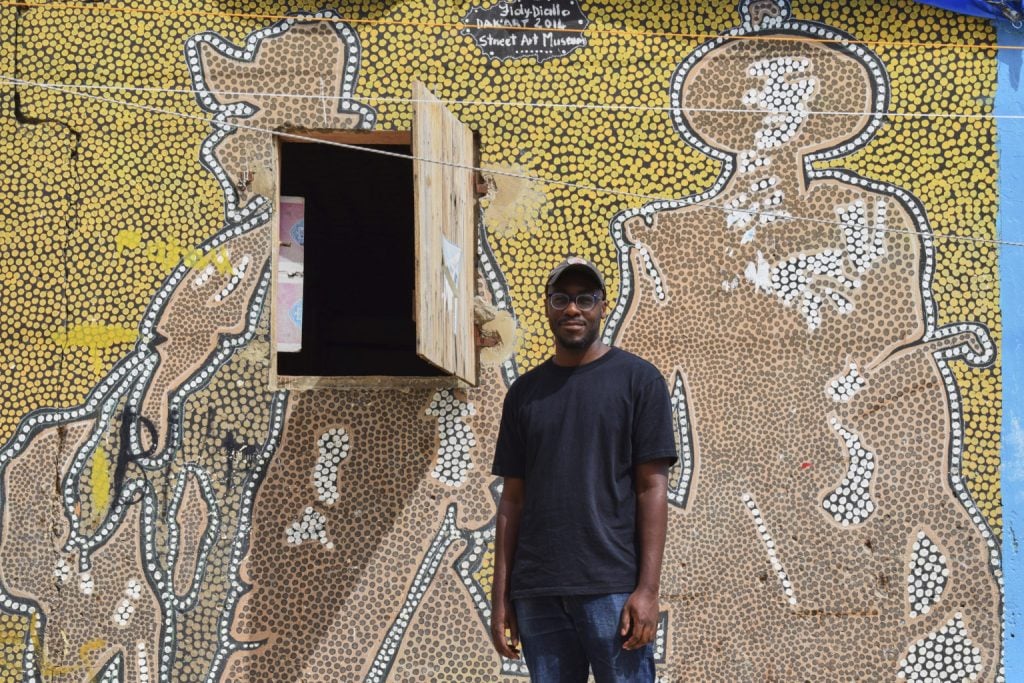
Artist Tajh Rust at Black Rock. Photo: Mamadou Gomis.
Residencies like Kaphar’s provide young artists an environment outside of art school—where the proportion of Black students (and faculty) still generally maxes out in the single digits—to hone their craft while not second-guessing their worth. “It’s just really draining to try to change it all on your own time when really all you want to do is focus on your work,” says Tajh Rust, a former Black Rock fellow and Yale School of Art alum.
These new programs signal “that established artists of color understand the value of residency programs for their under-represented younger peers as platforms of experimentation,” says Nathalie Anglès, executive director of Residency Unlimited, a New York-based artist residency. “As artists themselves, they can offer mentoring support with firsthand knowledge about the challenges which artists face, and which they most likely experienced themselves.”
A New Model
For a long time, residencies for Black artists existed as apprenticeships or informal, one-on-one relationships, completely segregated from “the dominant culture and greater art market,” says Kambui Olujimi, a multidisciplinary artist who just completed his stint at Black Rock.
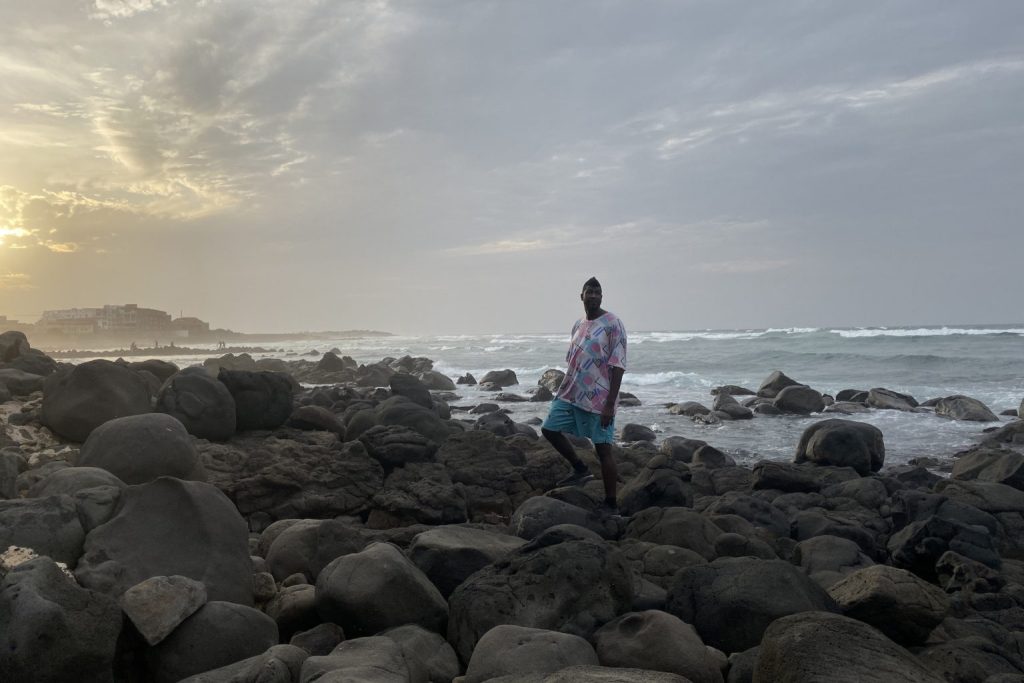
Kambui Olujimi, a recent graduate of the Black Rock Residency.
This new crop of residences, which Olujimi describes as “the institutional byproducts of the wealth and esteem of Black artists,” are also indebted to the Studio Museum in Harlem, which reinvented how residencies catering to artists of color are positioned within the broader art community. Now, its beneficiaries are taking the burden off of Studio alone to cover this large and diverse field.
When people wonder why these artists have created residencies, Olujimi thinks to himself, “Who else would? These artists have to take their own agency to spark something.” They’ve reached a point in their careers, he notes, where they can leverage the market value of their work and “their know-how as small business owners, which is essentially what we all are as professional artists.”

Facilities at Black Rock in Senegal. Courtesy of Black Rock.
Looking back on his two-month program at Black Rock, Olujimi doesn’t consider the infinity pool or round-the-clock chef the real spoils of his stay. To him, the biggest benefits were being able to relax “from the grind” and, more importantly, to experience the relief of starting “a conversation in the middle. You get to the real work so much quicker [when] the real work is often put further away by having to convince institutions of the validity and context of what you’re doing.”
The Balancing Act
Kaphar, whose practice subverts the Western canon to center Black people and their experiences, also initially struggled to find institutional support after he graduated from art school at Yale. “New York did not throw a welcome mat at him,” says Carrie Mackin, cofounder of NXTHVN.
She offered her support to Kaphar at a time when most insiders considered his plan to create even a scaled-down, studios-only version of NXTHVN a bit far-fetched. Yale has a monopoly on art in the city and graduates typically decamp to Brooklyn or Los Angeles rather than putting down roots in New Haven. But NXTHVN seeks to keep some of the “brain trust in the city,” notes Kathy Battista of Sotheby’s Institute.
Bringing an arts institution into a Black neighborhood can be tricky. Black-run art programs promising revitalization to Black neighborhoods carry the burden of creating a national (or international) footprint while also not alienating the people outside their front door—people who not only look like them but, essentially, are them.
Kaphar lives in Dixwell. Binion has spent most of his life in Detroit. In 2014, Marc Bradford founded Art+Practice, a non-profit space bringing contemporary art to South Central, Los Angeles, where he grew up. The project received some pushback from the community, with residents claiming the organization wasn’t transparent enough about its development plans—a critical way of establishing trust.
“What we’ve determined as an organization,” Kaphar says, “is the only way that we can fight against gentrification is that we become benevolent owners ourselves.” That has meant acquiring properties and making sure “folks who are in those properties can afford to stay.” Still, he acknowledges, “outside of that capitalistic structure,” and apart from garnering support from city government, “there ain’t a whole lot that you can do.”
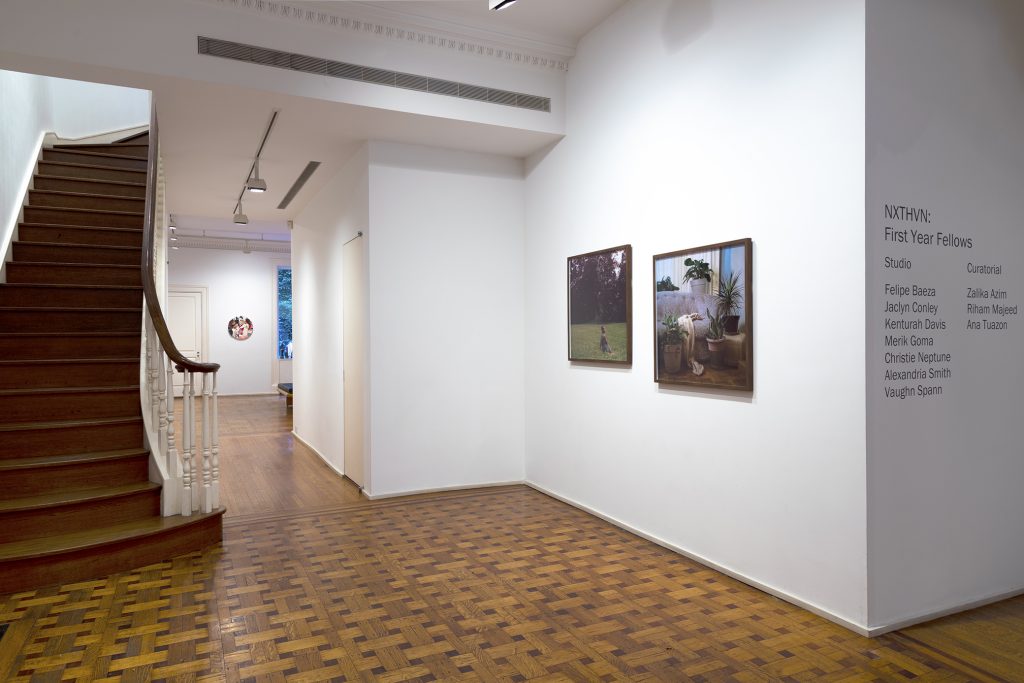
Installation view of “NXTHVN: First Year Fellows” Courtesy of NXTHVN.
The stakes are different, but just as high, for international residencies like Black Rock. As Olijumi notes, such prominent initiatives have the potential to reshape the conversation around art-making on the African continent. Soon, Black Rock will expand to other cities in West Africa as well.
There will be some help on that front. Artist Yinka Shonibare expects to launch his new Lagos-based residency in 2021, and rising star Amoafo Boafo is in talks to start one of his own in Ghana.
Paying It Forward
At a moment when major museums and galleries alike are beginning to address the systematic underrepresentation of artists of color, and of Black artists in particular, those who have benefitted from these measures see it as their responsibility to formalize the commitment, making it as long-lasting and sustainable as possible.
After George Floyd’s death, Hugh Hayden asked his galleries, Lisson and Clearing, to help fund a fellowship aimed at supporting both visual art and art history students at Columbia University through the sale of his work, along with donations from Lisson owner Nicholas Logsdail and his own collectors.
“I always grapple with what can I do at this moment with the resources that I have and with the stakeholders I have,” Hayden says. “As long as I’m at those galleries, they’ll be held accountable.”
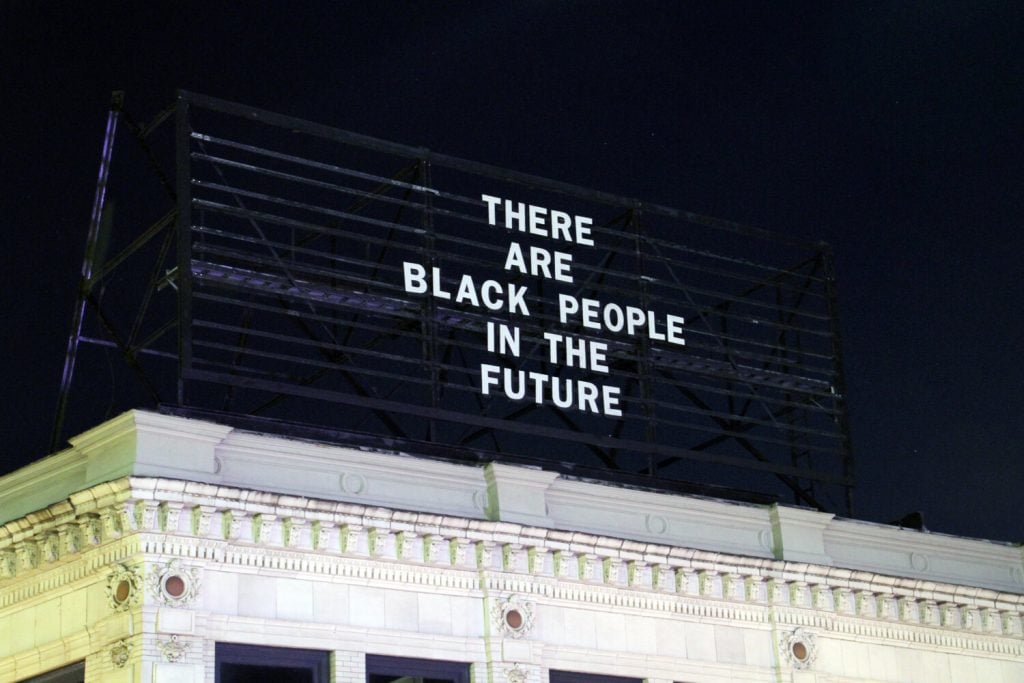
“There Are Black People in the Future” by Alisha Wormsley, courtesy of the artist.
Pittsburgh-based artist Alisha Wormsley leveraged the success of her “There Are Black People in the Future” project to secure funding for Sibyl’s Shrine, a local residency for Black mothers. Being able to ”just support each other and and grow together without validation from these guys,” she says, was the end goal; after that, she could use her relationships with local institutions to provide her artist-fellows with industry exposure.
In order to promote the growth of their non-profits, Black artists often have to partner inventively with institutions that have historically not supported people of color—without losing sight of the people they are ultimately managing the relationships for: the artists.
New Stakeholders
One example of this kind of novel partnership is Kaphar’s alliance with Gagosian, one of the largest galleries in the world. Kaphar agreed to join Gagosian’s roster earlier this year, reportedly on the condition that the gallery make a longstanding investment in NXTHVN’s apprenticeship program.
In order to “compete with all the top residences in the world, you need money,” says Ossei-Mensah. “I think it’s wise to not try to maintain that burden himself.” NXTHVN also raised substantial funding from major foundations like Mellon and Ford before Gagosian entered the picture. (Binion, notably, finances Modern Ancient Brown independently.)
Kaphar says the Gagosian partnership has given his organization “an opportunity to get our art vision and our mission and our values spoken out through one of the loudest bullhorns on the stage.”
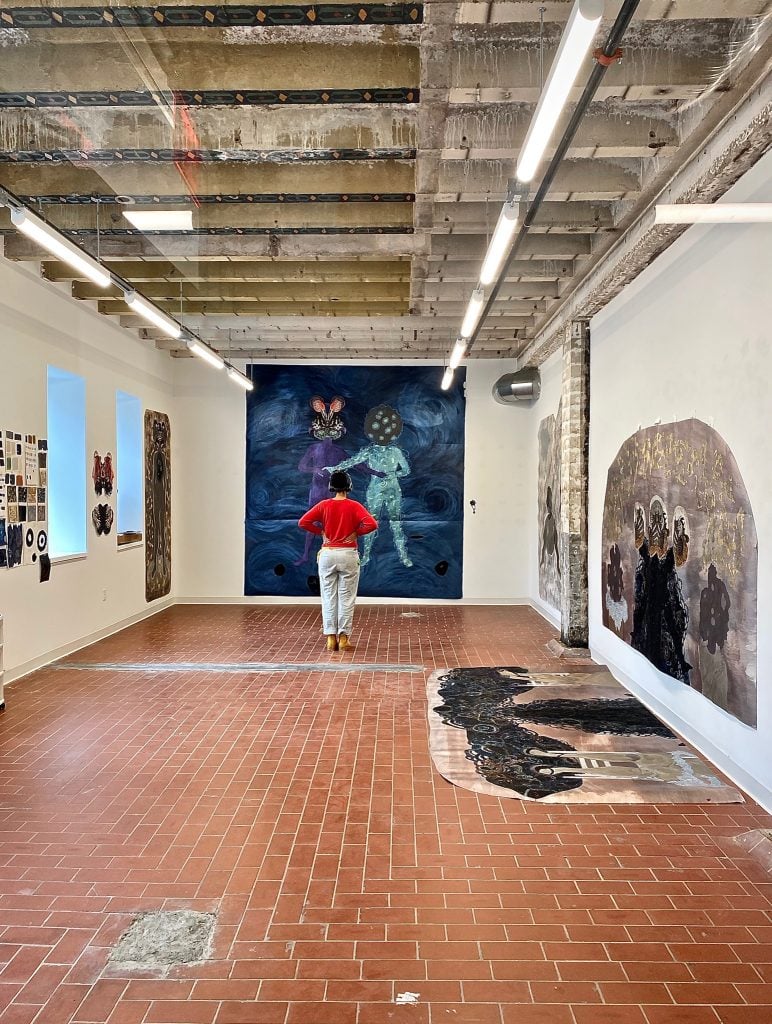
View inside the studio of artist Alisa Sikelianos-Carter, a current fellow. Courtesy of NXTHVN.
But there is a certain danger in framing the narrative as one in which Black institutions are the only parties who benefit from an arrangement like NXTHVN’s. Gagosian isn’t a charity. According to director Sam Orlofsky, Gagosian pursued the partnership because the gallery, especially now, wants to foster the development of “more interesting applicants coming from more diverse perspectives to ultimately work [there].”
Plus, notes Jonathan T.D. Neil, director of the Center for Business & Management of the Arts at Claremont Graduate University, elite collectors like Gagosian’s clients develop greater attachment to a gallery if they feel it engages them in something broader, “including entrepreneurial projects.”
On the flip side, these programs also aim to give resident artists concrete tools so that they can become businesspeople themselves. While white artists can at least reference a legacy of others who have found success before them, Black artists often have to go it alone.
When Kaphar was in graduate school, “there was almost no conversation about the business of art,” he says. For that reason, he’s emphasized NXTHVN’s role in teaching its fellows professional development and how to run their own businesses within an industry that still makes them do it differently.
Other than encouraging “empowerment in the space,” says Kaphar, “insomuch as we have connections to collectors, curators, dealers, artists of color, we bring them in. The community that I’ve built around me over the years has traveled with me to NXTHVN.”
In the end, regardless of the benefits offered by these partnerships, their mere existence is a testament to the hard work of people of color that already spans decades. And the artists behind them understand that, in truth, the greatest resource they can provide isn’t high-profile partnerships and glitzy buildings, but themselves.
